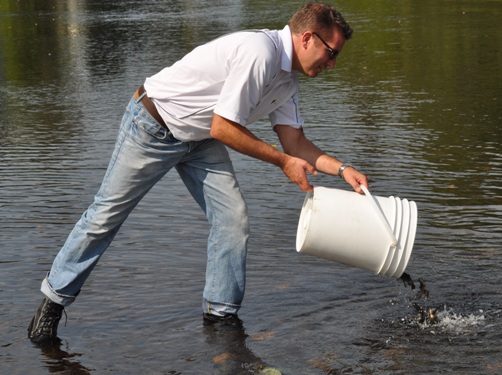http://www.cbc.ca/news/canada/sudbury/
John Gunn shared the story of Sudbury’s regreening efforts with the king and other researchers
The regreening of Sudbury’s damaged landscapes is a story known across the world. In fact, it’s even caught the attention of Carl Gustaf, the king of Sweden. Sudbury’s John Gunn was recently invited to attend the king’s 12th Royal Colloquiam just outside of Stockholm.
The event’s been held since 1992 by Gustaf, and it invites leading scientists and researchers to take part in discussions about issues relating to environment and development. Gunn, who is the director of the Vale Living with Lakes Centre in the city, shared details about Sudbury’s progress over the years with the king and other researchers around the world.
“It was a great honour to participate in such a discussion group with the king of Sweden,” he said. “Sweden and the adjoining Norway are very supportive of international studies in the environment. I was pleased to be able to go and represent Sudbury and provide some information.”























